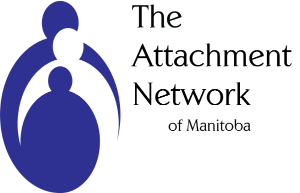“My Journey has just begun…protect me and guide me so that I will know all the beauty of this world”
– Unknown
Article
Parents as First teachers
Manitoba Government. (2017).
- Parents as First teachers explores culture and knowledge about early learning and how a parent/guardian can strengthen their role as their child’s first and most important teacher.
Growing up Healthy
The National Collaborating Center for Aboriginal Health and the First Nations Health Authority. (2019).
- Growing-up healthy is an informative booklet to help you to teach your children to grow in a healthy way. It will help families learn about healthy eating and being active, along with the traditional foods and the importance of regular check-ups.
Family Connections
Manitoba Government. (2017).
- Family Connections is a booklet to help parents learn about attachment and bonding, what it is, why it is so important and what parents can do to achieve it. The booklet provides informative information regarding parenting skills, the strong connections with extended family and their communities.
Fatherhood is Forever
Manitoba Government. (2017).
- Fatherhood is forever help’s a father to be confident and effective. It explains the importance of fatherhood, how the father can get involved in different stages of the child’s life, and shares information about traditional fathering roles.
Research
Anxiety Disorders and Aboriginal Peoples in Canada: The Current State of Knowledge and Directions for Future Research
Bellamy, S & Hardy, C. (2015). National Collaborating Centre For Aboriginal Health.
In Anxiety Disorders and Aboriginal Peoples in Canada, the authors examine the limited research of anxiety disorders among Indigenous peoples of Canada and the importance of having a clear understanding of its affects. Research on anxiety disorders among Western populations have identified an occurrence rate of “one in four Canadians aged 15 year or older” with women having a “higher prevalence rate and twice as likely as men to experience an anxiety disorder”. Research among Indigenous populations are inconsistent. There are a “limited number of studies that have yielded mixed results”. Some studies have identified a “higher” rate among Aboriginal peoples while others have found “lower or similar rates” in comparison to Western peoples.
To address this gap in the research the authors begin the paper by summarizing the prevalence of anxiety disorders in Western and Aboriginal populations. They proceed to discuss models of mental health and wellness and the differences between Aboriginal and Western cultures. They explain prevalence rates of anxiety disorders among children, risks factors, the lasting effect of colonization, prevention programs, the correlation of anxiety and alcohol use, and co-occurrence of anxiety and depression. Lastly, the authors discuss the identification of resilience factors in Aboriginal populations, and the assessment, diagnosis and treatment for Indigenous people.
